I saw this quotation on a gravestone in my local cemetery. Is it a grim thought? A poetic one? Or merely a realistic one? I couldn’t decide. But I do know I love cemeteries and I seek them out whenever I’m walking.
In Brompton Cemetery I've found surprising splashes of colour.
| Brompton Cemetery is one of London’s oldest and most atmospheric - one of the Magnificent Seven private cemeteries established in the mid-nineteenth century in a ring around the city to provide more space for the dead. (Other Magnificents include the more famous Highgate Cemetery in north London). Brompton was opened in 1840 and was a fashionable place for the Victorian middle class to show off their wealth and obtain immortality in style. More recently it's been in several films, including The Wings of the Dove, GoldenEye and Stormbreaker. Famous residents include suffragist Emmeline Pankhurst and Henry Cole, founder of the V&A Museum. In Fulham Old Cemetery, which opened in 1865, I found graves that had been left to the forces of nature, looking like ivy monsters. |
| Even without famous inhabitants, cemeteries are inspiring places, especially for design - have a look at these gravestone details on the right. | |
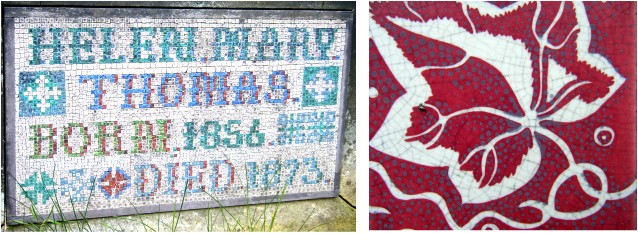
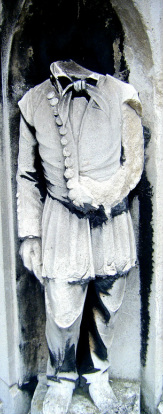
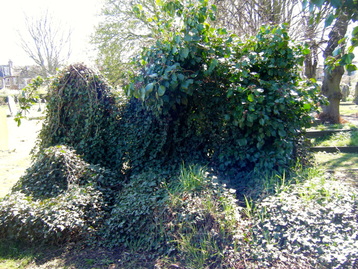
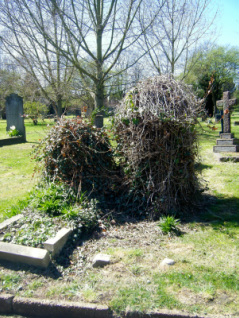
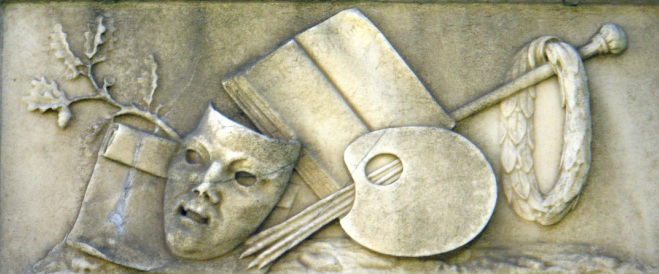
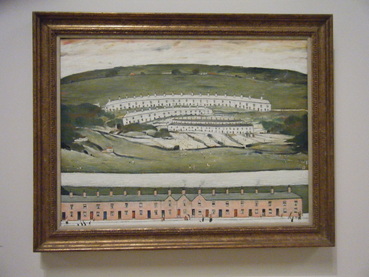
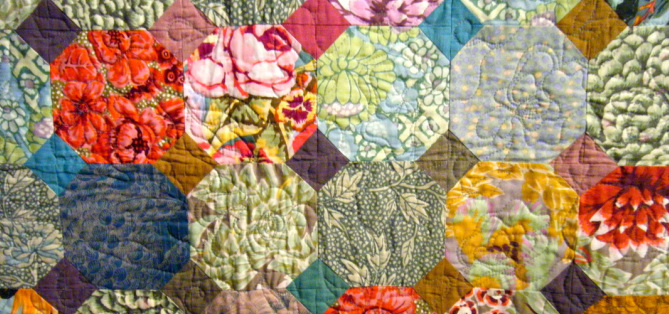
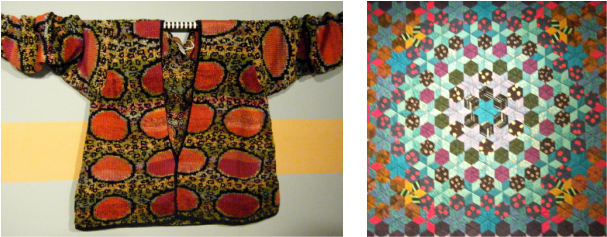
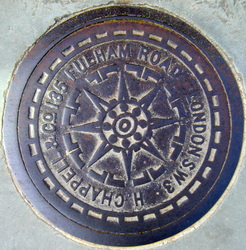
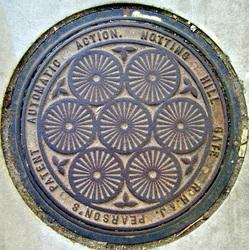
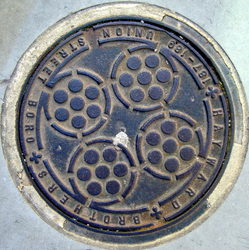
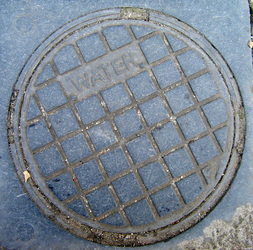
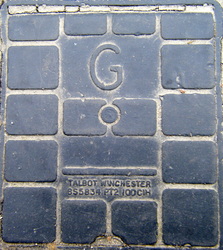
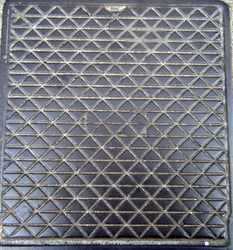
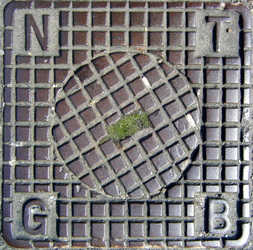
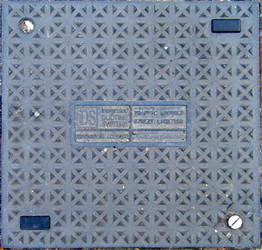
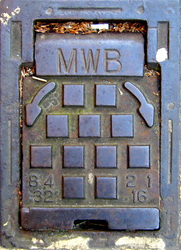
 RSS Feed
RSS Feed
